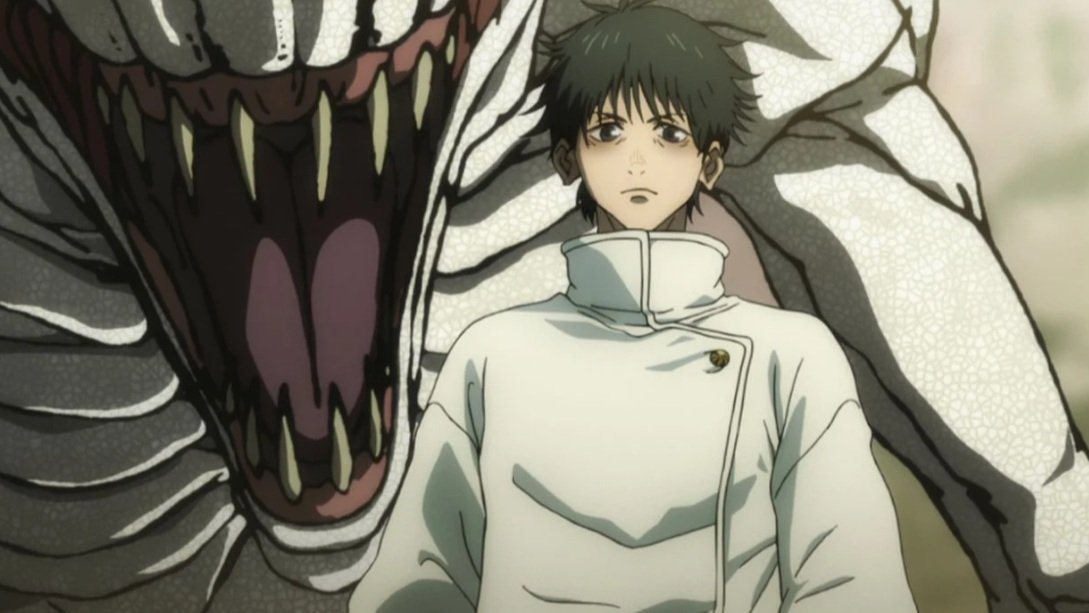Review: Transformers: The Last Knight
Transformers: The Last Knight is an elongated, frantic shape-shifter; one of coherence, that is. Michael Bay’s fifth entry in the Hasbro Toys-based franchise, now entangled in Arthurian Myth and all Human History, deconstructs and reassembles itself scene-to-scene, moment-to-moment, shot-to-shot. As if tumbling, uncontrolled alien robot battles weren’t enough, The Last Knight dabbles in secret missions against Nazis, a three-headed dragon conjured up by Merlin (costume-dressed via Stanley Tucci), border policies, ancient mysticism of Earth’s beginnings, day-old subplot catch-up from Age of Extinction, an orphan side-story, and much more. So much more that you will physically age by the time you stumble out of the theater, feeling time’s irrelevance beckon out for mercy, observing the movie screen slowly disappear in favor of the most tedious, mind-numbing daydreams to escape its grasp. This is no mere movie, but a garbage-splattered canvas, one which you can wander in and out of view of, go take a shit, refill your popcorn tub, take a phone call, all before being drawn back to the sounds of crazed, violent science-fiction metal and machine echoing in the dark.
And with that, the specifics arrive. Revenge of the Fallen this is not. It’s worse. Maybe not as assaultive, ear-busting, or fundamentally regressive, but the basic building blocks are non-existent, shuffled aside in preparation for truncated half-scenes and geography-spanning confusion. There is no ‘who’ or ‘why’ or ‘what’ or ‘how’ in The Last Knight. Rather, it shows an object, a person (apparently a “character”), a setting, and loses its place within any involved situation. Simply put: it makes no fucking sense, and I’m usually attuned to Bay’s junk-food poetry. Although the camera flies, dances, swirls around faces and locations, it rarely needs to, and the grandest images die in the massive void of Bay’s frazzled cutting, seemingly reverting towards his music video sensibilities instead of large-scale experimentation.
Much of it includes the Bay-isms: car porn, stereotypical autobot side characters, chaotic placement of bodies within the scene, practical utilizations of special-effects and scale. It’s a colossal endeavor — truly gorgeous and large (if you’re seeing it, see it big) — but never-ending, implicating whether it was ever created in the first place, possibly being found on a dig site in Egypt by Michael Bay while Fallen was being thrown up. A movie with such enormity and grandeur is impressive (created within the span of 3 years, no less), yet the director’s extreme touch disintegrates under its conceptual nonsense. The man is a master formulator of images, sensation, whirling combos of sight and sound. But he is consistently reined in by narrative. Even a sci-fi wonder world is restrictive. But the coin is sharp on both sides, because if the story was gone, its inherent connective tissue wouldn’t satisfy beyond a few minutes of awe-inducing craft. None of The Last Knight is as formally balletic, ever-lasting, industrial and earth-shaking as Dark of the Moon, Bad Boys II, select moments of 13 Hours. Why? Those films have the bare minimum of story, outlining the situation and committing to the viscera laid out in a non-linear, disruptive fashion, but they do not lose themselves in the high of experimental tangents. If Bay went avant-garde, it would be an astronomical disaster. His teenage boy narrative skeletons keep him on a safety-ledge of crystal clear glass; he doesn’t know it’s there, and it holds him up (slightly) all the same.
So, to say that The Last Knight becomes bogged in piles and piles of cheap bizarro-world baloney is possibly the worst news possible, but alas. The level of boredom oozing from the screen is somehow more sustained and yawn-worthy than Troy Aikman and Joe Buck as NFL announcers, traffic jams, AM radio, church, a trip to the DMV, and ‘do it yourself’ car washes. The action is even worse, lost in the rabid nature of vastness and refusing to mold itself in any interesting way in terms of composition and succession of imagery. This is both Mega-Bay and Bay-Imitation, being both too much and not enough, crawling to an end-game that explodes in a climax of rambunctious, insane (and inane) gobbledygook. While watching, you’ll be too tired to be immersed, and even if you caught sight of its unadulterated ‘Bayhem’ without sitting through an alternative history session, the effect pales in comparison to the vivid visions which the man usually concocts.













